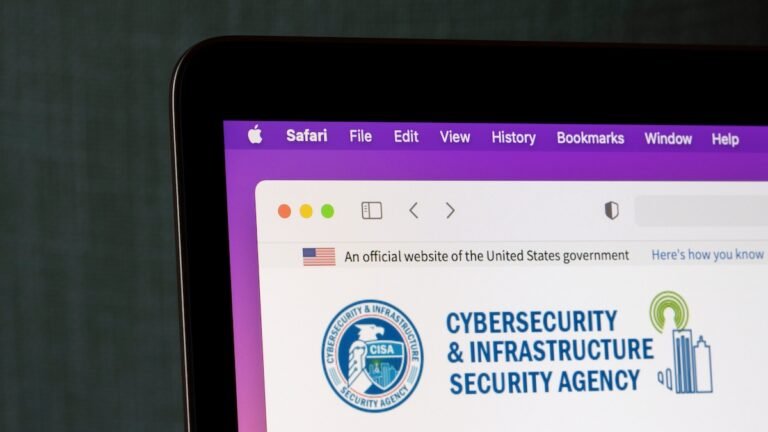Fast Facts
-
Critical Vulnerability Discovered: CISA warns that multiple discontinued TP-Link routers are affected by command injection vulnerability CVE-2023-33538, with a CVSS score of 8.8, allowing remote attackers to execute arbitrary system commands.
-
No Support for Impacted Devices: The affected TP-Link models, including TL-WR940N and TL-WR841N, have not received software updates since 2018, urging users to discontinue their use.
-
Active Exploitation Noted: PoC exploit code for the vulnerability was published and removed from GitHub, indicating ongoing exploitation risks.
- Apple Vulnerability Alert: CISA also highlighted an active exploitation of a vulnerability in Apple products affecting image and video processing (CVE-2025-43200), which has reportedly been used in sophisticated attacks against targeted individuals, prompting updates for users.
Underlying Problem
The recent alert from the Cybersecurity and Infrastructure Security Agency (CISA) highlights the urgent vulnerabilities associated with several discontinued TP-Link router models, specifically the TL-WR940N, TL-WR841N, and TL-WR740N. Identified as CVE-2023-33538, this vulnerability is a severe command injection flaw allowing remote attackers to execute arbitrary commands on affected devices, with a notably high CVSS score of 8.8. Although proof-of-concept exploit code was briefly available on GitHub, it has since been removed. CISA’s advisory stresses the critical need for users to discontinue using these outdated routers, as they no longer receive support or security updates, emphasizing a broader concern for cybersecurity amid the continuing exploitation of legacy technologies.
In a parallel vein, CISA also drew attention to the exploitation of CVE-2025-43200, a vulnerability affecting Apple products through maliciously crafted multimedia shared via iCloud. This flaw has been tied to recent high-profile attacks on journalists, where sophisticated hacking tools have allegedly been deployed. Apple has released patches addressing this security gap, and in light of ongoing threats, CISA has mandated that federal agencies act swiftly to mitigate these risks. The overall disclosure serves as a stark reminder of the persistent and evolving challenges in cybersecurity, particularly concerning outdated technology and targeted attacks on vulnerable individuals.
Risk Summary
The exploitation of the CVE-2023-33538 vulnerability in discontinued TP-Link routers poses significant risks not only to affected users but to a broad spectrum of interconnected businesses and organizations. This command injection vulnerability can enable remote attackers to execute arbitrary commands, potentially allowing them to hijack network traffic, compromise sensitive data, or launch further attacks on other devices within the same network. The ramifications of such breaches can ripple throughout the operational landscape; compromised routers could serve as launch pads for attacks on corporate networks, undermining trust and potentially resulting in severe financial losses, regulatory penalties, and reputational damage. Moreover, the active nature of this exploitation, coupled with the lack of manufacturer support for these devices, creates a dire scenario where organizations risk becoming collateral damage in a larger cyber ecosystem threatened by inadequate cybersecurity hygiene and outdated infrastructure.
Possible Actions
In the ever-evolving landscape of cybersecurity, the timely remediation of identified vulnerabilities is paramount, particularly in the context of the recent advisories issued for outdated TP-Link routers. Failure to act promptly can expose organizations to significant risks, including unauthorized access to sensitive information.
Mitigation Steps
- Immediate Firmware Updates
- Disable Unused Features
- Network Segmentation
- Implement Robust Firewalls
- Regular Security Audits
- User Education Programs
- Monitor for Anomalies
- Incident Response Planning
NIST Guidance
According to the NIST Cybersecurity Framework (CSF), organizations should prioritize risk management practices that encompass continuous monitoring and prompt remediation. Specifically, refer to NIST SP 800-53 for detailed controls and guidance on effectively addressing vulnerabilities.
Advance Your Cyber Knowledge
Discover cutting-edge developments in Emerging Tech and industry Insights.
Access world-class cyber research and guidance from IEEE.
Disclaimer: The information provided may not always be accurate or up to date. Please do your own research, as the cybersecurity landscape evolves rapidly. Intended for secondary references purposes only.
Cyberattacks-V1

